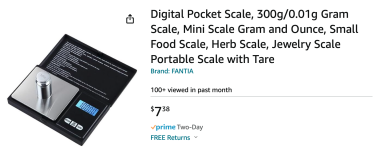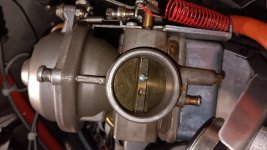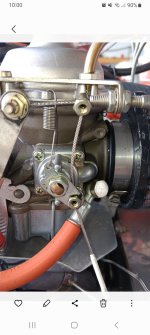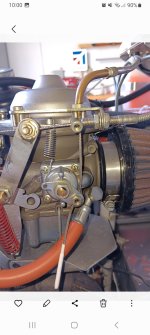I don't usually post technical questions to VAF. But when I do, it's only after exhausting every diagnosis that I can come up with. So, here's my problem:
I'm flying a first-generation RV-12 that I completed in May, 2012. Hobbs is up to 306 hours now, and every hour has been totally enjoyable. The Rotax 912ULS is equipped with the original Bing 64 carburetors and has not been modified from the factory setup. The airplane is based in north Georgia at a small field 1,790 feet above sea level. The weather in the mornings here is mild with temperatures in the mid-70's.
At the last annual maintenance and condition inspection, I removed the carburetors, disassembled them, cleaned them thoroughly, and replaced all rubber components in accordance with Rotax requirements and guidelines. Upon completion of the engine maintenance, I carefully vacuum-balanced the carburetors and made final adjustments. So far, so good, right? This is where the problem arises.
In the morning, before the afternoon heat builds up, I'll fire up the Rotax, let it idle until the oil temperature reaches 120F, and then slowly feed in the throttle. As the engine reaches ~2,700 RPM, it suddenly begins to run rough, as if one cylinder is missing. Further throttle application reveals that the rough operation continues until ~4,200 RPM. At that point, the engine smoothes out and develops full power. After operation for awhile, the problem goes away, resulting in smooth operation throughout the entire throttle range.
I've gone through both carburetors several times now, searching for anything that might compromise midrange fuel management, and found nothing.
If anyone out there has an idea, I'd sure appreciate your input. Thanks!
I'm flying a first-generation RV-12 that I completed in May, 2012. Hobbs is up to 306 hours now, and every hour has been totally enjoyable. The Rotax 912ULS is equipped with the original Bing 64 carburetors and has not been modified from the factory setup. The airplane is based in north Georgia at a small field 1,790 feet above sea level. The weather in the mornings here is mild with temperatures in the mid-70's.
At the last annual maintenance and condition inspection, I removed the carburetors, disassembled them, cleaned them thoroughly, and replaced all rubber components in accordance with Rotax requirements and guidelines. Upon completion of the engine maintenance, I carefully vacuum-balanced the carburetors and made final adjustments. So far, so good, right? This is where the problem arises.
In the morning, before the afternoon heat builds up, I'll fire up the Rotax, let it idle until the oil temperature reaches 120F, and then slowly feed in the throttle. As the engine reaches ~2,700 RPM, it suddenly begins to run rough, as if one cylinder is missing. Further throttle application reveals that the rough operation continues until ~4,200 RPM. At that point, the engine smoothes out and develops full power. After operation for awhile, the problem goes away, resulting in smooth operation throughout the entire throttle range.
I've gone through both carburetors several times now, searching for anything that might compromise midrange fuel management, and found nothing.
If anyone out there has an idea, I'd sure appreciate your input. Thanks!









